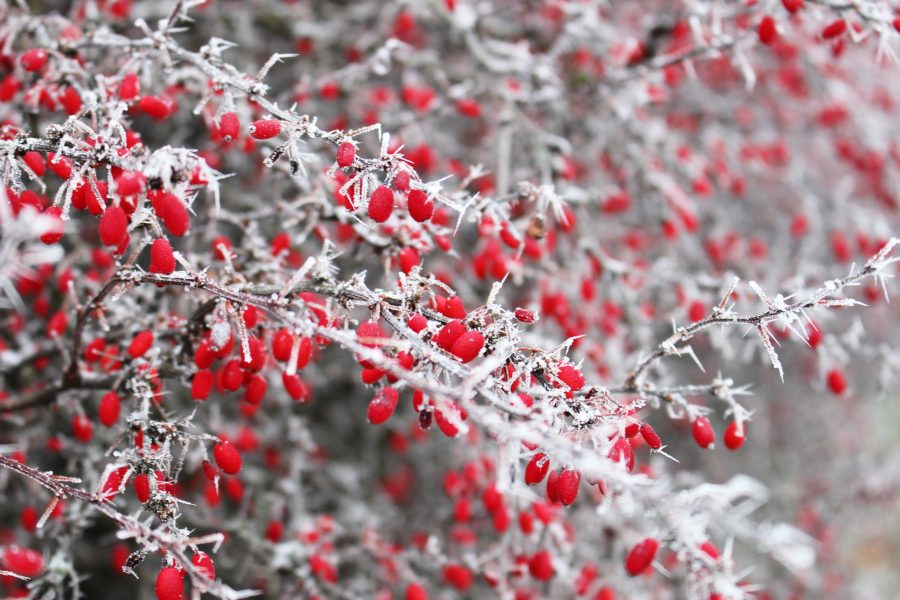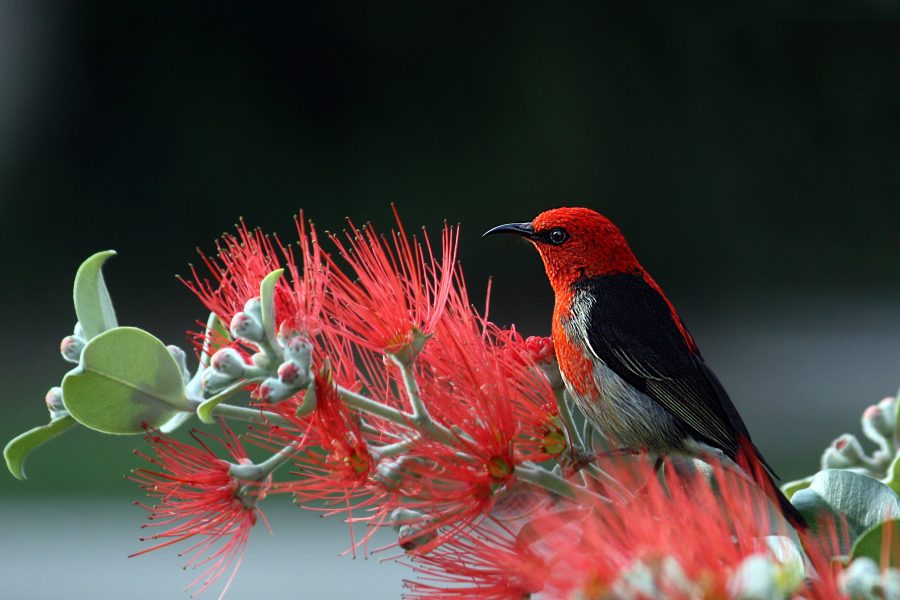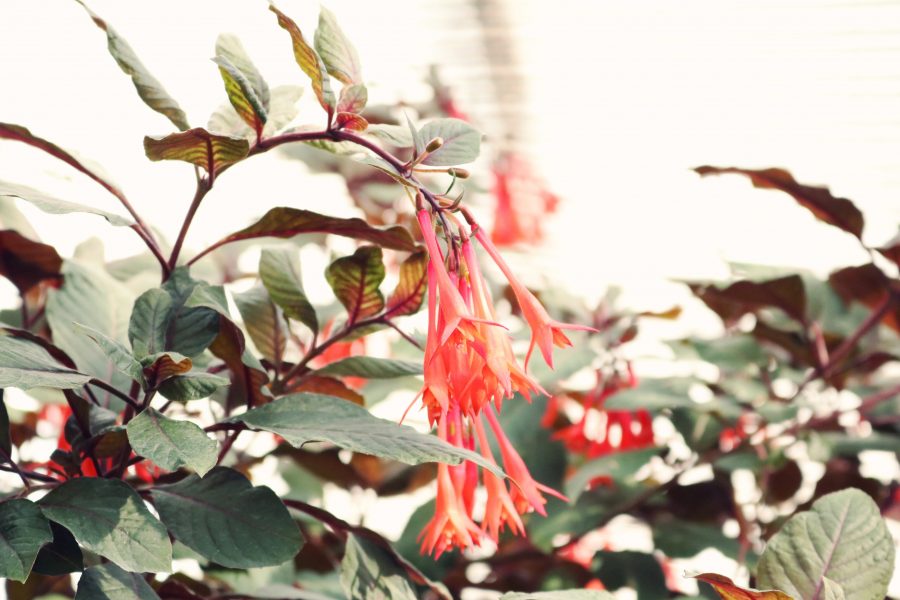Colon cancer or also known as colorectal cancer is one of the most efficient killers out there which is sad because it is quite possibly one of the easiest cancers to treat since most of what you consume goes through the intestines. That is also the reason why colon cancer is so prevalent. With all the mutagenic substances present in our daily diets, it’s a bit hard to avoid destroying our bodies with them.
Below you will find a list of herbs active against colon cancer, mostly these cell lines: HT-29, RKO, HCT-116, LoVo, CaCo-2, SW480, Colo-205, Col-2, CT26, SW-620, HCT-8, HCT-15, Colo 320, Col-26, NCT-116, SW680, LS-174, HCT-15, SW-621. As you can see, there is a huge amount of cell lines that are used for testing (more than 70 for sure), so you can always find more and look up the herbs that may be active against them. Some of these cell lines differ in what mutant genes they contain, so if you find herbs that are active against some and inactive against others, you can investigate them more (especially with relation to your condition).





